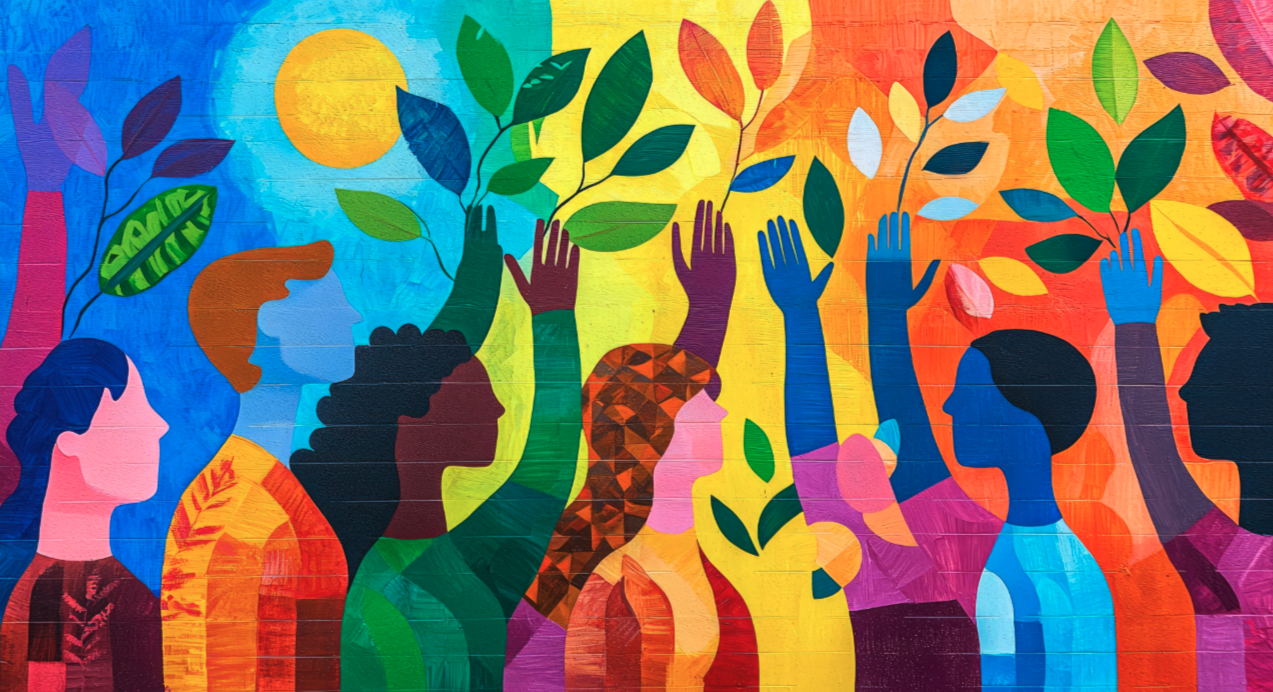Cultivating Creativity, Not Crisis
Artistic communities are vibrant ecosystems of imagination, vulnerability, and innovation. Whether it’s music, painting, writing, dance, or theater, these creative spaces breathe life into culture and society.
But behind the brushstrokes and performances often lie silent struggles.
The very traits that make artists visionaries—their sensitivity, emotional depth, and openness—can also leave them especially vulnerable to mental health challenges. As the world increasingly celebrates creativity, it must also recognize the toll it can take on the minds and hearts of those who create.
This isn’t just a conversation worth having—it’s essential.
The Unique Pressures Faced by Artists
Unlike traditional workplaces, creative careers are deeply tied to personal identity, making every success exhilarating—and every setback deeply personal.
Here are just a few of the challenges that impact artists across disciplines:
- Financial Instability
Irregular income, gig-based work, and unpredictable funding can create chronic stress and survival-mode living. - Intense Self-Criticism
Artists often internalize criticism and experience imposter syndrome or perfectionism. - Social Isolation
Creative work can be a solitary pursuit, leading to loneliness and disconnection. - Performance Anxiety
For performing artists, the spotlight can trigger extreme pressure and fear of failure. - Rejection and Criticism
Frequent feedback—subjective and public—can erode confidence and self-worth. - Emotional Vulnerability
Creating often requires artists to revisit pain or trauma, which can be emotionally draining.
The Cost of Silence: When Mental Health Goes Unaddressed
Unattended mental health challenges don’t just affect the artist—they threaten the vitality of entire creative communities.
- Burnout and Creative Blocks
Chronic stress stifles inspiration and can lead to long-term creative paralysis. - Substance Abuse
Drugs or alcohol are sometimes used to numb anxiety or cope with rejection, becoming destructive over time. - Depression and Anxiety
These common conditions interfere with not just art-making, but basic functioning and relationships. - Suicidal Ideation
In the worst cases, emotional pain can become life-threatening without support. - Stigma and Silence
Shame around mental illness keeps artists from speaking up or seeking help—often until it’s too late.
Creating a Culture of Support in Artistic Spaces
To change the narrative, we must proactively cultivate environments where creativity and mental wellness can coexist.
Strategies for Change:
- Promote Mental Health Literacy
Offer education through workshops, panels, and artist-centered discussions. - Break the Stigma
Normalize open conversations around mental health. Vulnerability should be met with support, not shame. - Connect Artists to Resources
Provide access to therapy, hotlines, peer groups, and wellness practitioners familiar with creative work. - Establish Safe Spaces
Carve out environments—physical or virtual—where artists can speak freely and be heard without judgment. - Facilitate Peer Support
Peer-led groups allow artists to connect, validate one another’s experiences, and reduce isolation. - Push for Institutional Support
Arts organizations should offer mental health days, confidential counseling, and trauma-informed programming. - Encourage Work-Life Balance
Rest, play, and time away from work aren’t distractions—they’re vital to creative longevity. - Teach Coping Tools
Introduce mindfulness, journaling, movement, and breathwork into creative training spaces. - Promote Financial Literacy
Help artists navigate budgeting, pricing, grants, and sustainable income streams.
The Role of Arts Organizations
Arts organizations are in a powerful position to lead this cultural shift.
They can:
- Embed mental health support into their programs, residencies, and grants.
- Offer training on recognizing burnout and emotional distress.
- Partner with mental health professionals to serve their communities.
- Prioritize policies that honor emotional safety and artist wellbeing.
When organizations value the whole person—not just the product—they foster longer, more meaningful creative careers.
The Power of Creative Community
Ultimately, the most powerful resource we have is each other.
When artists feel seen, heard, and held, they can take the emotional and creative risks their work demands. Community combats isolation. Conversation disrupts stigma. Compassion restores possibility.
A Call to Action
It’s time to retire the myth of the tortured artist.
We must replace it with a new truth:
Great art comes not from suffering—but from healing, connection, and courage.
Whether you’re an artist, a supporter, or an arts administrator, ask yourself:
- What can I do to make mental health part of our creative conversation?
- How can I support the artists around me—and within me?
This is more than a personal mission.
This is a collective responsibility.
Because when artists are well, art is alive.
Let’s continue the conversation.
How are you supporting mental health in your artistic spaces?
What do you wish more people understood about the challenges artists face?
